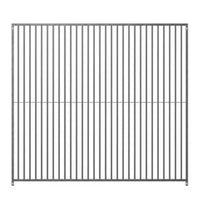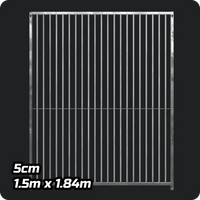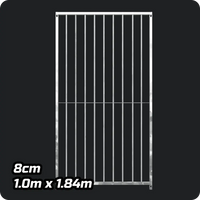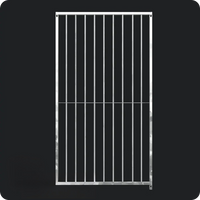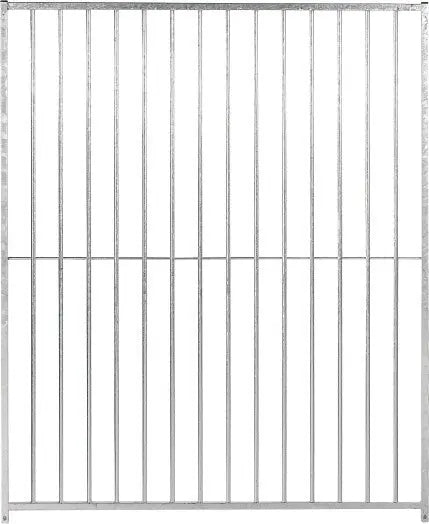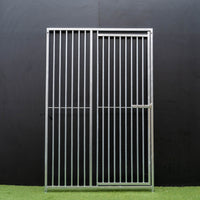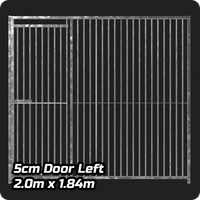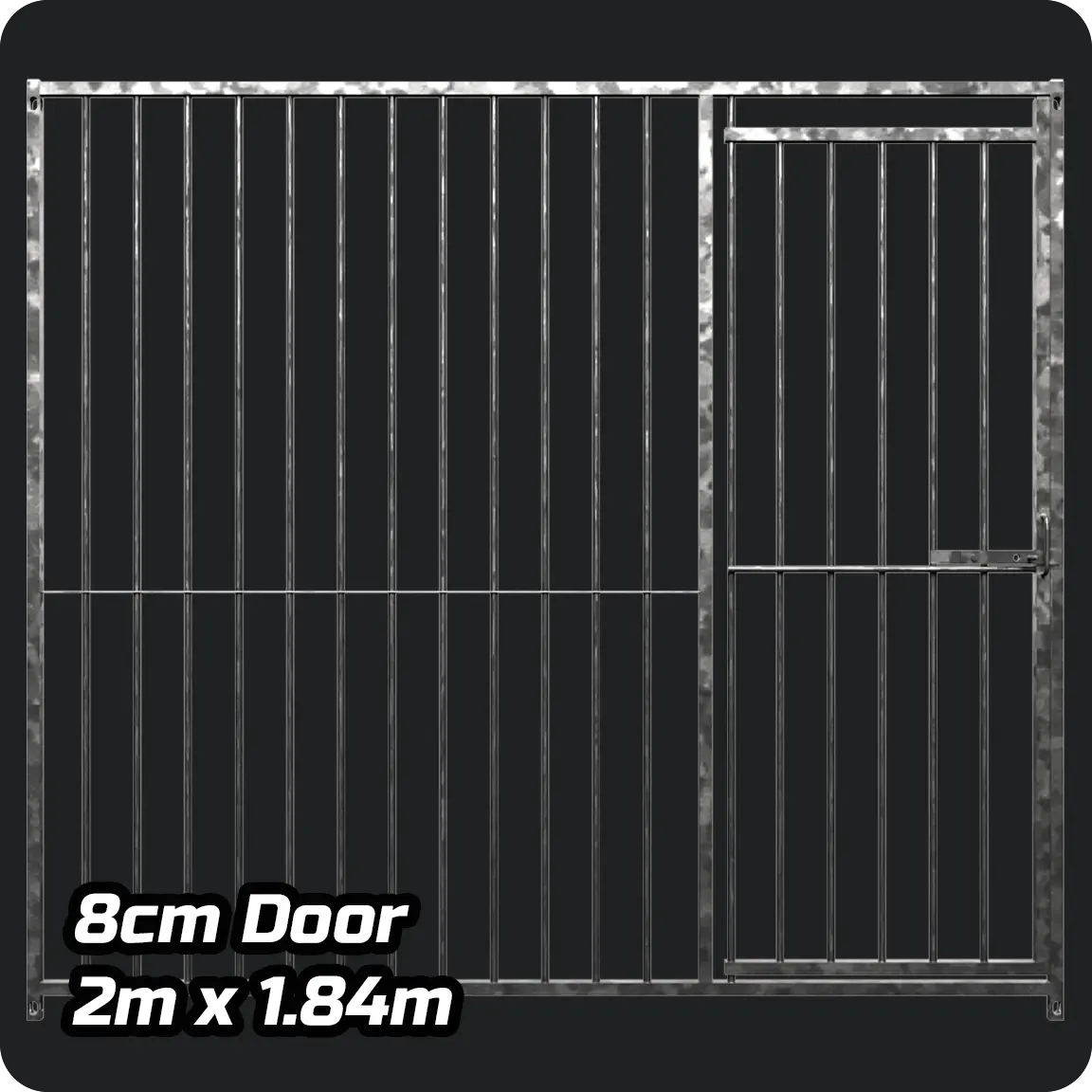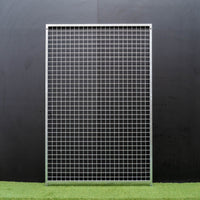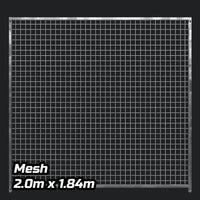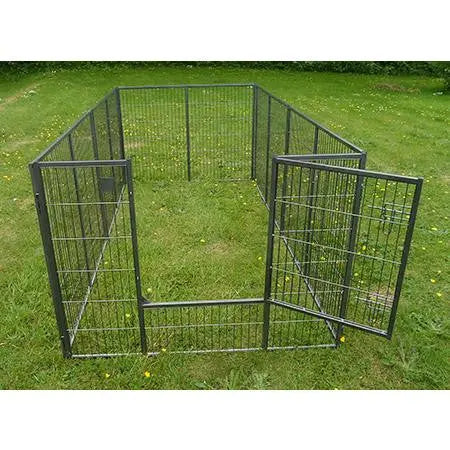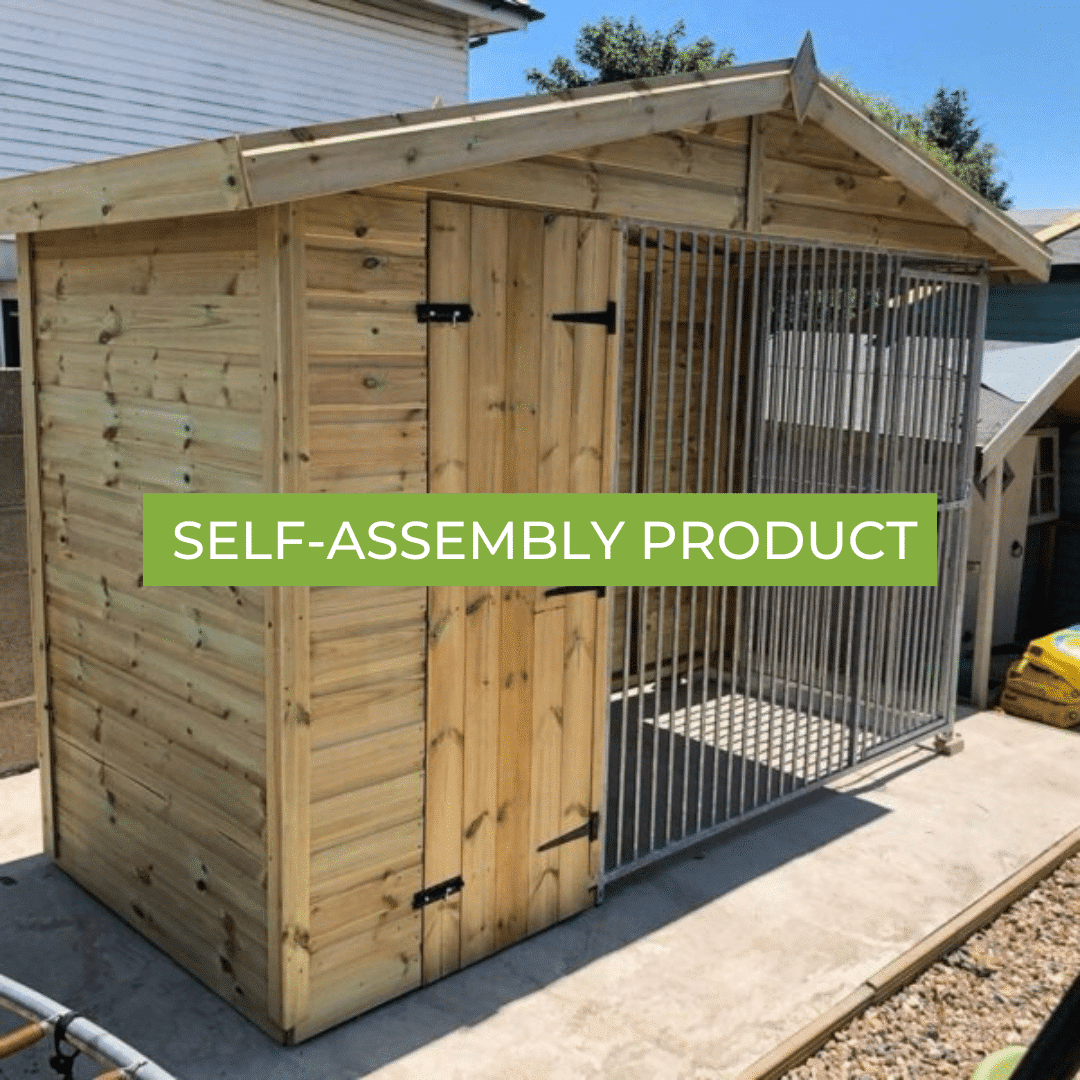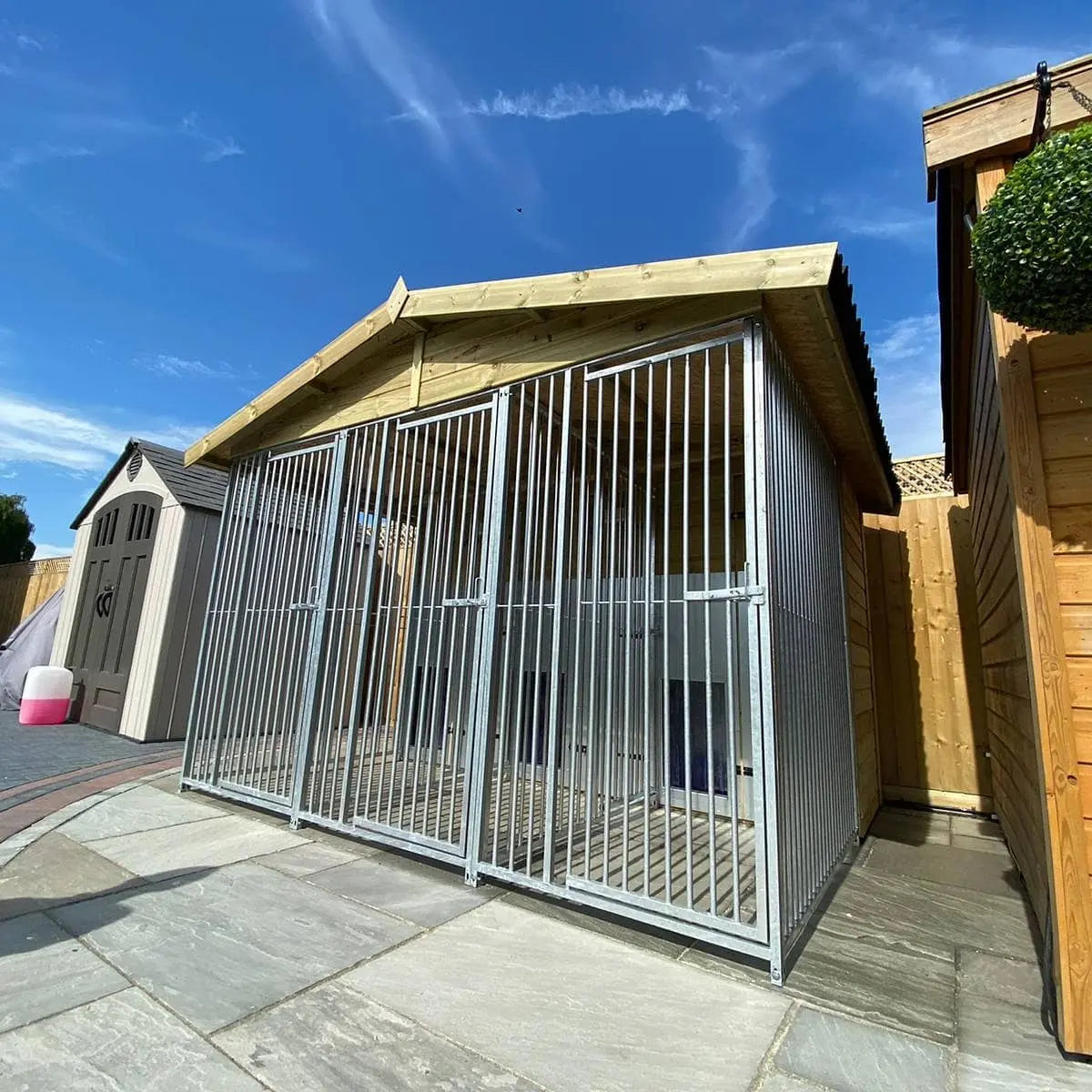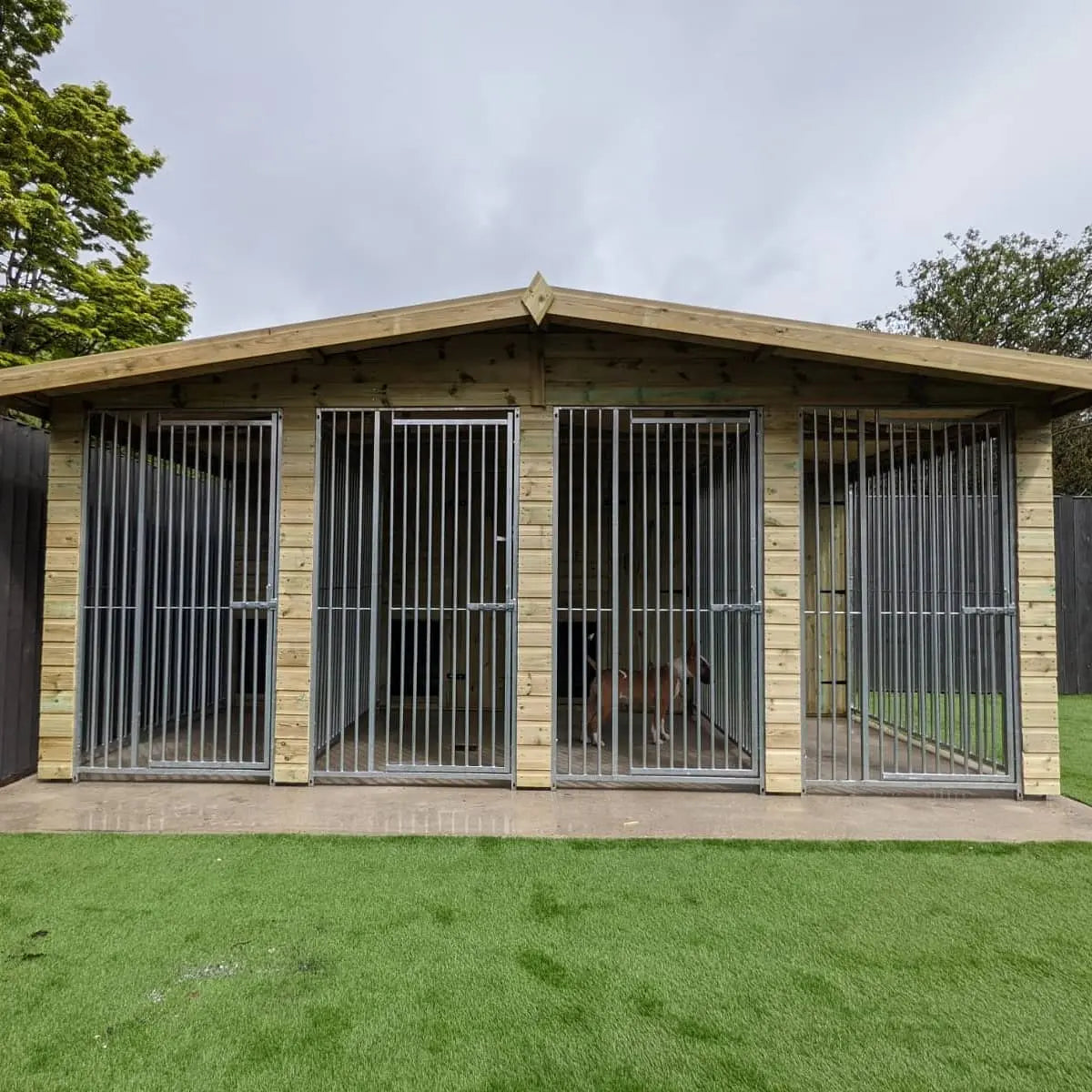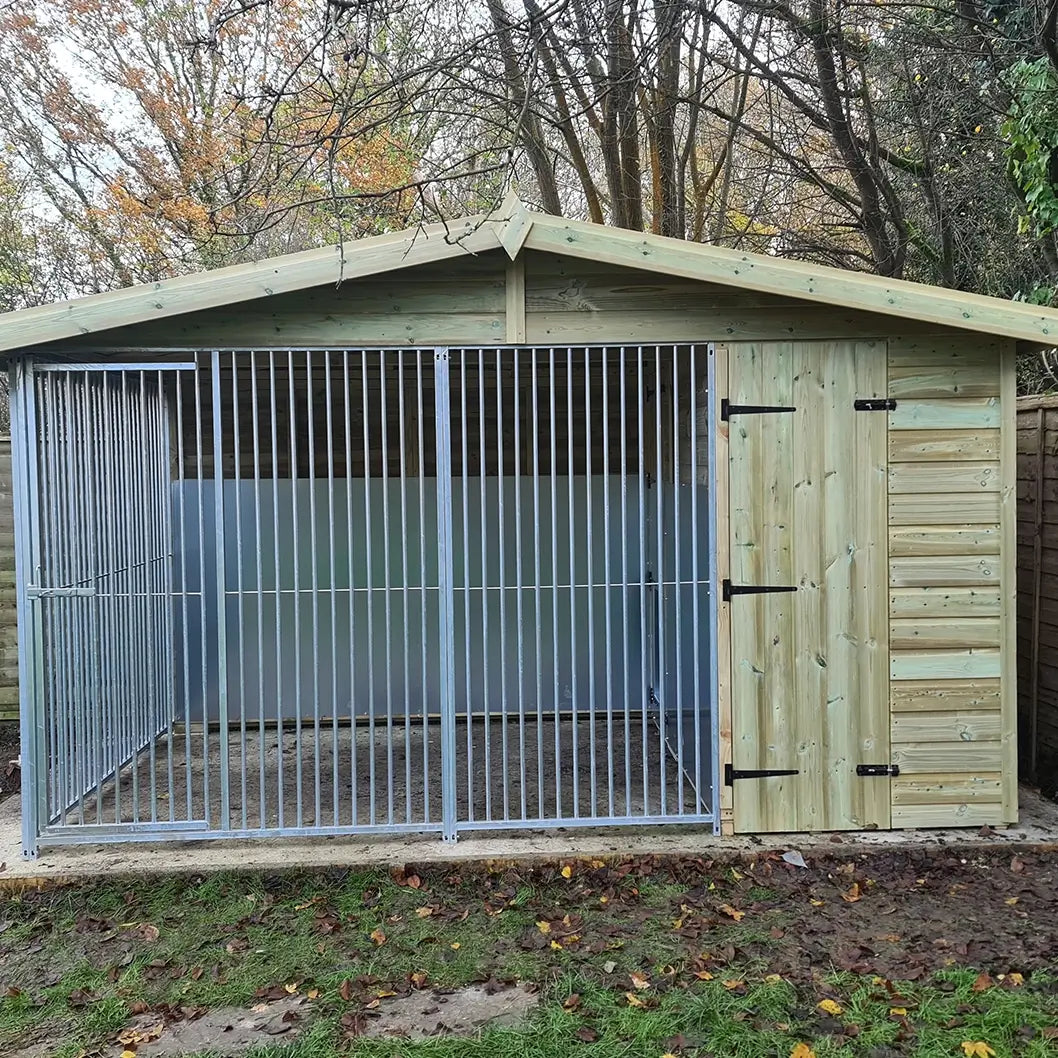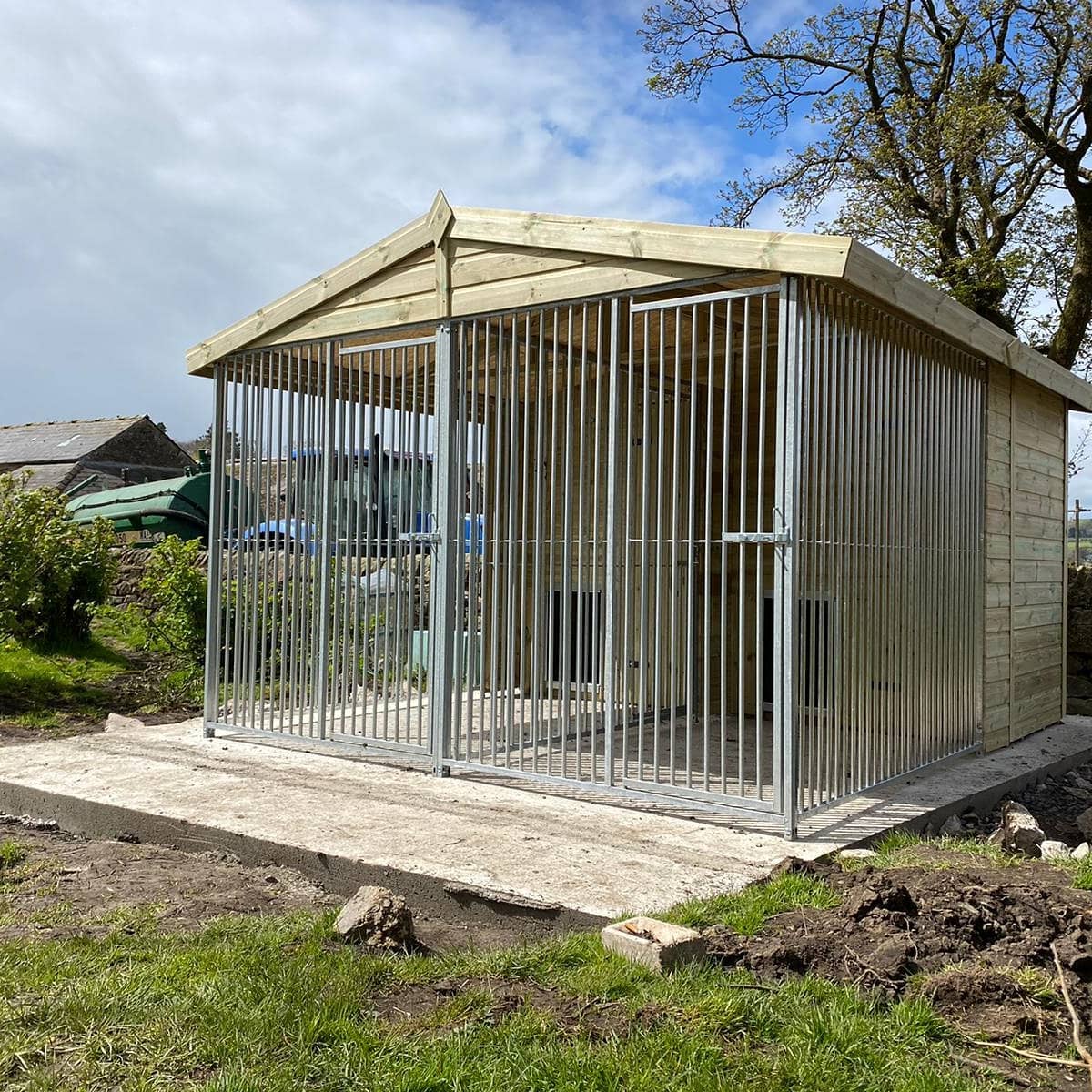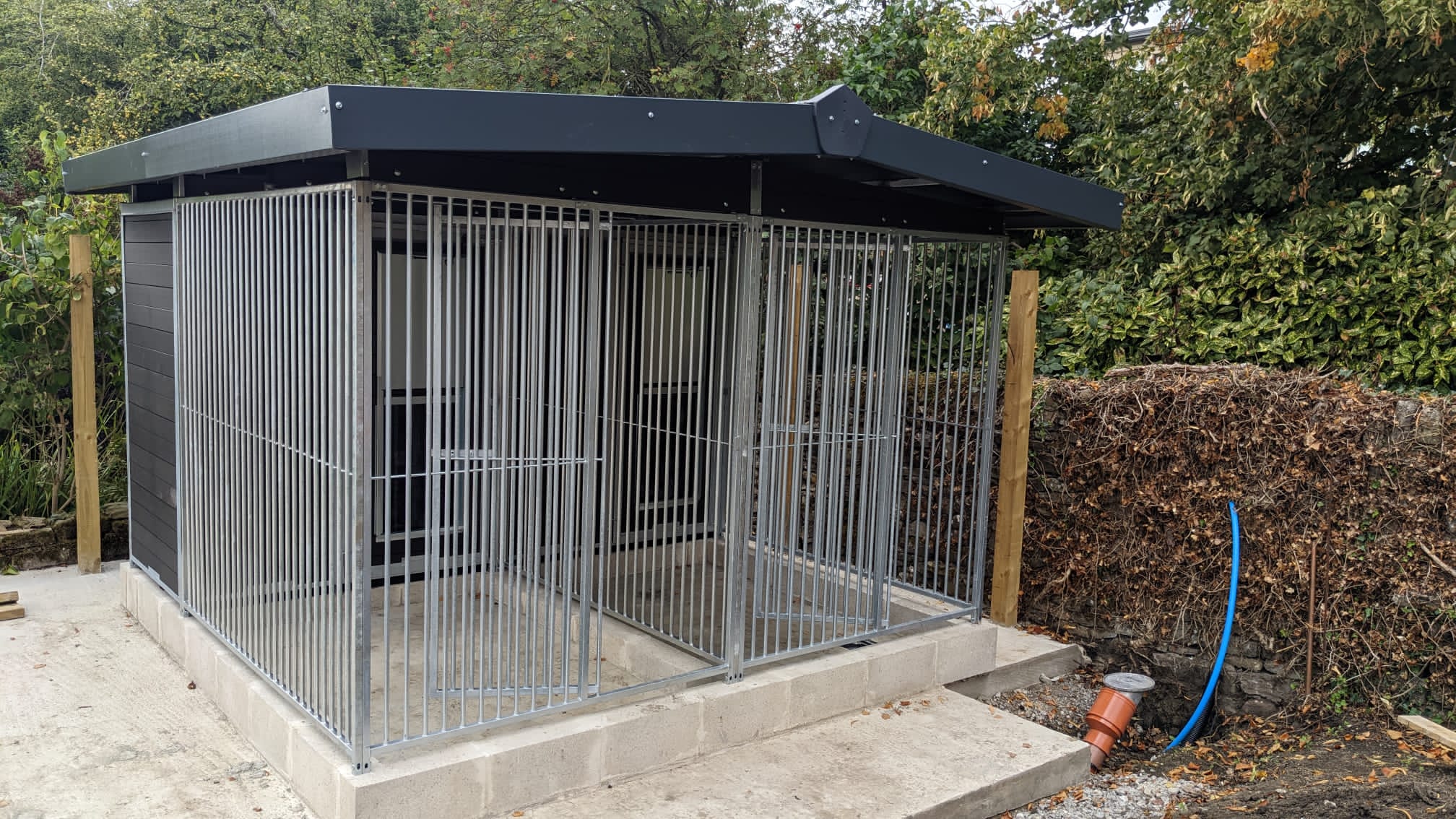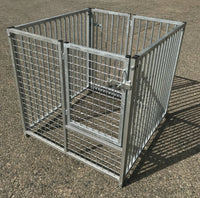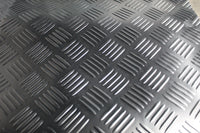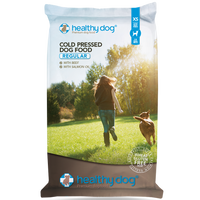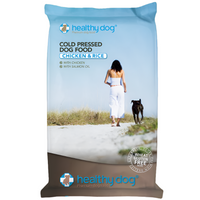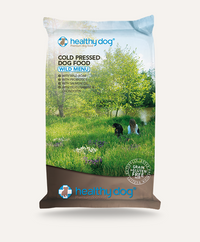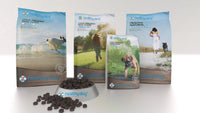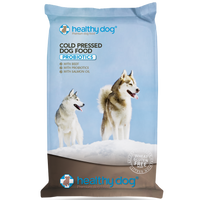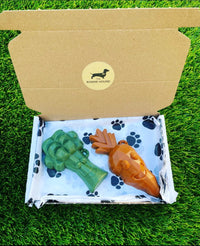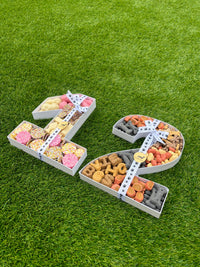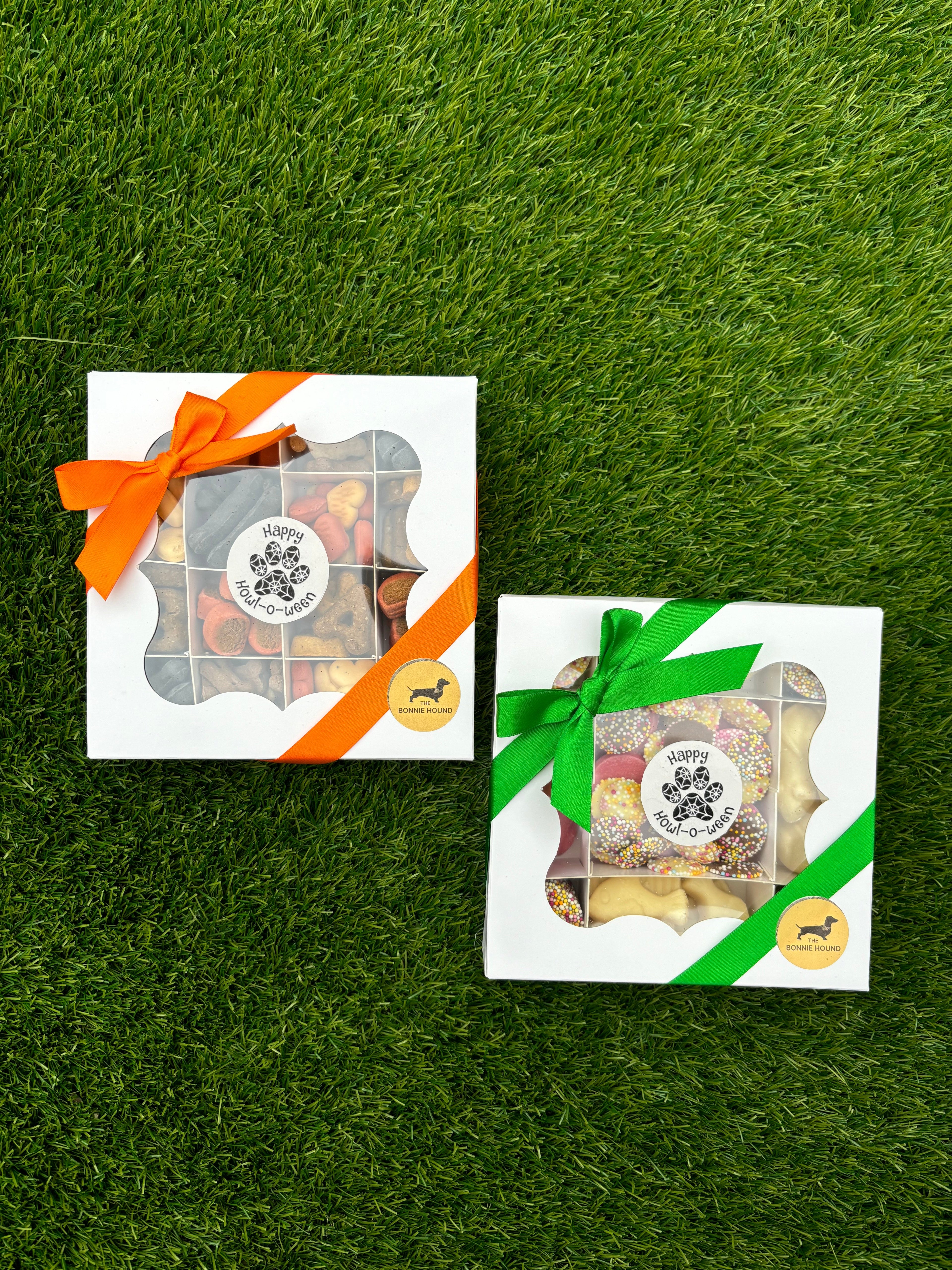
We've got a new look!
Blog

Blog
Arthritis in My Dog - Causes, Symptoms, and Treatments
by Malaika Newton-Graham
on Jun 16 2023
Understanding Arthritis in Your Dog - Causes, Symptoms, and Viable Treatments
Arthritis is when joints (such as hips and elbows) become inflamed, causing pain and discomfort. Bones in a healthy joint have a smooth surface, which allows them to glide past each other easily when moving around. For dogs, arthritis it is often when the cartilage within a joint change or becomes damaged, making movements between the joints less smooth and causes joints to rub against each other, causing swelling.
The rubbing can be extremely unconformable and painful, and can often damage the cartilage even more. As a result of the increased friction, new bone can form around the joint, which makes it even stiffer and harder for your dog to move around.
Although it is more common in senior dogs, young pets can also suffer from arthritis if they become injured, such as tearing their cruciate ligament, or if they have weak muscles and muscle loss.
Symptoms of arthritis:
Although it may seem your dog is acting normal within themselves such as eating normally and wanting to go on walks, there are some key indications of arthritis in dogs to be aware of and look out for:
Limping before and after walks - this can be a slight limp but sometimes it may not always be obvious so make sure to watch them carefully.
Tiredness and showing unwillingness to walk around - this can be just as simple as them seeming stiff in the morning or they can't get comfortable when trying to lay down.
Behavioral changes - they may seem slightly grumpy if being touched or may appear as more snappy due to the pain.
Licking or chewing painful areas
Slowing down - your dog may seem to have 'got old quickly'.
Signs of pain when standing, walking, or sitting up/down
If you notice your dog is experiencing any of these symptoms, a visit to your vet may be needed to confirm a diagnosis with a simple physical examination, blood test, or x-ray.
Causes of arthritis:
There are several external and internal factors that may cause arthritis in your dog, some include:
Old age - this is one of the main causes of arthritis. Even if your dog has always been healthy and fit, wear and tear of old age can cause pressure on joints. Whilst it may be normal for old age to affect your dog's mobility, if caught early there is treatment to prevent it from getting worse.
Joint issues - An injury to a joint such as a torn ligament or an infection can cause further damage within the joint itself which can cause inflammation around the joint too. This can cause a healthy joint to be prone to arthritis.
Being overweight - If your dog is or has been overweight, their joints experience more pressure than they are used to which overtime can increase the wear and tear on the joints.
Dog breeds prone to arthritis:
Some dog breeds are more susceptible to arthritis as they can suffer from bone conditions such as hip and elbow dysplasia. These breeds include working dogs such as German Shepherds, Golden Retrievers, Labradors, Springer Spaniels, Bernese Mountain Dogs, and Rottweilers. Most bone conditions are more common in larger breeds, and it tends to be the larger the dog is, the more likely they are to have joint issues.
However, elbow dysplasia and also any 'wonkiness' in the legs is seen most often in the short-nosed breeds like Shih Tzus and British Bulldogs. If the joint isn't formed properly, the weight of the dog can cause pressure in the wrong places of the joint and cause damage. Over-breeding can also play a role in how joints are formed within the body, and therefore, this can also have an impact on if arthritis forms.
How to treat arthritis in your dog:
While there is no cure for arthritis, there are several treatment options available in different forms to support your dog and prevent the symptoms from worsening.
Provide a suitable balanced diet - This is key in preventing strain on your dog's joints, especially if their current diet is causing them to carry extra weight. Helping them to lose weight will be beneficial for many reasons, and a loss in weight can also aid their ability to exercise, further helping their joints and mobility.
Exercise - A common misconception is that a dog with arthritis should not be walked as much; however, this is very much not the case. While it may not be suitable for your dog to run like they did when they were a puppy, dogs with joint issues such as arthritis can be taken on shorter walks, sometimes multiple times a day, to help them stay active. Exercise is also crucial to keeping up muscle strength around your dog's joints. If a dog doesn't exercise enough, the muscles become weaker and provide less support to the joint. The joint then has to do more of the work in supporting the weight of the dog, which causes more pressure and more damage to the weak joint.
Medication - There are forms of medication that can be provided by your vet to help aid the symptoms of arthritis in your dog. Effective pain management prescriptions, such as anti-inflammatory aids, can help alleviate the pain in your dog's joints. There are several different types of anti-inflammatories available, and how they all work is similar. It is recommended that you give them to your dog for at least three months at the full dose. Do not use human anti-inflammatory drugs for your pet, even in an emergency, as some can be poisonous to dogs. Always use ones that have been prescribed by your vet.
Herbal supplements - Several different types of supplements are available to help manage your dog's pain and provide them with the nutrients they need.
How to help dog arthritis:
Provide a comfortable bed
Keep their nails trimmed
Encourage them to go out
Provide a ramp
Walk them using a supportive harness
Keep them cool and dry
Take them to hydrotherapy

Blog
The ultimate guide to Dog Runs and why you should get one!
by Malaika Newton-Graham
on Mar 07 2023
What is a dog run?
A dog run is a secure enclosed outdoor space or structure for your dog to run free and live comfortably. Dog runs allow your pooch to enjoy their own space and freedom, while giving you the peace of mind that they are safe and happy!
Dog runs can be brought as a pre-made set or can be made up from multiple individual panels allowing you to create a more flexible outdoor home, specific for your space and pet. They are used in kennels, animal charities, the police and for individual pet owners.
Dog runs are suitable for both long-term or short-term use, either by using them as an extra outdoor space to leave your dog in when you need them out from under your feet, or by having a specially adapted run for your working dogs to sleep in all year round.
The increase in demand of dog runs for private use comes from a number of factors, such as:
-Providing them with a safe space to play
-Encouraging training
-An extension of their indoor space
-Used as an exercise zone
-A safe and enclosed area to leave them on their own
Benefits of dog runs:
Providing safety and security, dog runs are beneficial for both dogs and their owners in many ways and can provide several health and wellbeing benefits for your pet.
-Provides your dog with their own home- We as humans know how important it is to have our own space to have ‘chill out time’ and how relaxing being in your own safe space can be; dogs can feel exactly the same. Having their own run that they can call home can have many benefits, especially for dogs with environmental anxiety, as this allows the run to become their own safe space and reduced the anxiety that comes with the uncertainty of not knowing where they are. Overtime your animal will learn to associate their run with comfort, warmth and security, as long as you remember they are to be used as a home for your dog and not as a place of punishment.
-Provides environmental enrichment-We all know how much dogs love to be outside, it’s a space for them to be themselves and disperse all of that energy that they normally save for 11pm zoomies! Environmental enrichments help to maintain a dog’s physical and psychological health by alleviating boredom and stress- which is also another benefit to us as it makes them a bit easier to look after!
-Can be the perfect space for training-We all know how difficult toilet training can sometimes be, especially when your dog is stubborn! Using a dog run ensures your dog is outside and in a space where they can use the toilet and you can easily clean it. As well as this, runs can help with teething dogs or dogs that may not be able to stay inside the house when alone (unless you want your house ripped apart!). The outdoor run can be a space where your dog can’t get up to mischief, and overtime can help them forget about how fun it is to chew furniture!
-Provides Safety-One of the most important features you want your dog run to have is for it to be secure and safe for your animal. An enclosed dog run provides you with the peace of mind that they are far from any danger such as poisonous plants, and they are also safe from any unwanted visitors. As well as this, lots of dogs mischievous sides comes out when they’re alone, but the dog runs provide a safe space for them to be left unsupervised in, without the panic of them hurting themselves or something else.
-Convenience-As much as you love your pet, sometimes they can get in the way and all you need is a place for them to be while you sort everything out! A dog run provides you with a safe home for your pet to be unsupervised, meaning you can leave them to be happy while you continue with your busy life. This can come in handy when there are visitors, builders, parties, other dogs that you need to separate them from or just when you both need some chill time.
-Flexible-Dog runs can be made to suit your dog and the space you have available. This means you can make them as big as you want and if you are using individual panels, you can even make them a specific shape to suit your garden by adding or removing panels as and when you wish. As well as this, you can make the inside of the run suitable for your dogs specific needs, such as adding a kennel, toys, grass and anything you think they will need while they are in the run. Dog run panels can be added to existing structures such as sheds which can be made into a shelter area and utilized as your dogs cabin and sleeping area.
What makes a good dog run?
The most important thing to remember when choosing a dog run for your pet is to make sure the run is suitable to specifically fit them and their needs. This depends on many factors such as how long they will spend in the run, what they will do in there and the size of your dog.
When building your dog run, you should consider these:
-Making sure there is enough space for your dog- There is no such thing as having a run too big for your dog, however there can be many negative consequences of the run being too small. If your dog is to spend more than a couple of hours a day in its dog run, we recommend that small and medium dogs will need a minimum of 3 square meters, increasing to 5+ for larger dogs.
-Choosing the correct bar/panel type- There are different types of panel bars which each fit specific requirements, making it easier to pick the one most suitable for you and your pets. For example, mesh panels are mostly used for destructive dogs, 5cm bar gaps are suitable for small-medium sized animals and 8cm bar gaps are suitable for larger breeds. As well as different bar types, there are also solid panels available which can be used to block the dogs view, or can be used to help with shelter from wind. Please see ‘Types of panels’ section for more information.
-Providing the right accessories-While in the run, you will need to ensure your dog has all the right items it will need, and this can change depending on how much time they will spend in there. For example, every dog will have to have a supply of clean and fresh water, even if they are only in the run for a small amount of time. Here at Doghealth, we have heavy duty galvanized bowls and bowl holders which are perfect for dog runs (https://www.doghealth.co.uk/products/new-design-heavy-duty-single-kennel-bowl-and-holder). If your dog is to spend multiple hours in the run, or sleep overnight in it, you will need to provide them with a sheltered bed to sleep and lay in. As well as this, you will have to consider extra warmth if your dog will be in the run during colder weather, and shelter from sun if they will be in there during hotter weather.
-Providing enrichments-It is important that the dog run is a fun and enjoyable experience for your dog and to ensure this, you can provide enrichments for your dog to keep themselves busy. Some recommendations are toys, mental stimulations and fun items such as obstacle courses.
-Making sure the space you have it suitable- Your dog run needs to be a space that is specific to your dog, and to ensure this is done properly you will have to consider many things such as the amount of time they will spend in the run, the weather, the size of your dog and their health and wellbeing. We recommend building your dog run either on concrete or having an easily cleanable floor, such as putting down rubber matting, as the run will need to be cleaned regularly to make sure your dogs health is not effected. If your dog is going to be in the run for a long amount of time all year round, you will need to add items such as a roof to ensure it is suitable for all weather conditions. In this case, you will also need to consider adding bedding and shelter to the run so your dog has a space to lay down and sleep.
-Making sure it is as stable and safe as possible-Dog runs are secure units however there are ways in which you can ensure your pen is as safe as possible. Extra brackets are available so you can bolt the panels down to a concrete base/wall to improve the stability of the run, as well as adding in galvanized posts which can be used as extra strength in keeping your panels straight and strong, especially if the run is long and made up of multiple panels.
Why are Galvanized dog runs better then chain-link dog kennels:
Galvanized dog runs are both long lasting and stronger than the ‘US style’ chain link kennels. Chain link kennels are made from a form of mesh similar to chicken wire and consist of slim metal poles at either end of the panels, which have a chain link to join them together. Chain link kennels are not as safe for both your dog and you, as they are easier to get through and do not last as long. Chain link kennels may be cheaper to set up, however you may find that they will end up costing you more in the long run.
Installing dog runs:
Building your dog run requires very little knowledge or power and can be easily done with a minimum of two people. Once you have ensured you have a suitable base for the dog run to be set on (such as concrete or rubber matting), you can start assembling the individual panels together by bolting them using their pre-drilled holes. Each panel will need two standard bolts to secure it to another one, and if you wish, you can add more security by also using floor or roof brackets depending on the situation of the run. Once the panels have been bolted together, they simply support each other and stand as a complete run.
How to introduce your dog to its new run:
They key to ensuring your dog develops a positive attitude towards their dog run is to use it as a place of fun time, chill time and definitely not as a place of punishment. The way to do this is by using positive reinforcements- start by leaving the door to the run open and playing with your dog near it for 5-10 minutes, then leaving your dog to explore closer if they wish. Each day, progress to play with your dog closer to the run or inside the run, eventually do this inside with the door closed. At meal times, start by putting your dogs food near the run (but not in it) and over the next few days you can place the bowl closer to the inside of the run, eventually encouraging them to eat within the dog run with the door open. Over time, you can start to close the door for short amount of time while your dog is eating, and this reinforces the fact that the dog run is a positive environment. As well as this, you can slowly encourage your dog to spend time alone near or inside the dog run, so they will naturally develop independence and feel more confident within the space.
Types of panels:
Individual panels can come in different sizes and types to suit your dog and space. Below are some examples of types of panel gaps you can get (available on our website- https://www.doghealth.co.uk/), and these are all available in 1m, 1.5m or 2m lengths with a 1.84m height as standard.
-8cm gap- The vertical bars within the dog run panels are 8cm apart. This is by far the most popular type of panel and the most cost effective. This type is suitable for all but the smallest dogs and cats, but is perfect for medium or larger dogs that cannot fit through the gap. If you are using this type for young puppies, customers often use mesh around the lower part of the dog run for the first few weeks until the puppies are bigger.
-5cm gap- The vertical bars within the dog run panels are 5cm apart. This is a popular choice with kennels as it is suitable for dogs all shapes and sizes. These types of panels are also particularly climb resistant.
-Mesh-The vertical bars within the dog run panels have mesh between bars. These panels are for those who don’t want to take any chances. These dog run panels are 4mm welded mesh- the best solution for cats and small dogs. They are mostly used for aggressive dogs that you need to secure within the run, or highly destructive dogs as the mesh makes them the strongest type of panel.
-Full or ¾ solid- These dog run panels are panels filled with ridge profiled coated steel sheets, either all the way down the panel or ¾ of the way, just leaving the top ¼ with bars. These types of panels are useful in parts of a dog run where you need to form a screen such as using it as a wind break. These types of panels also have good noise reduction properties if barking is a problem.
Here at Doghealth, our high-quality panels all come with a lifetime guarantee against manufacturing faults.

